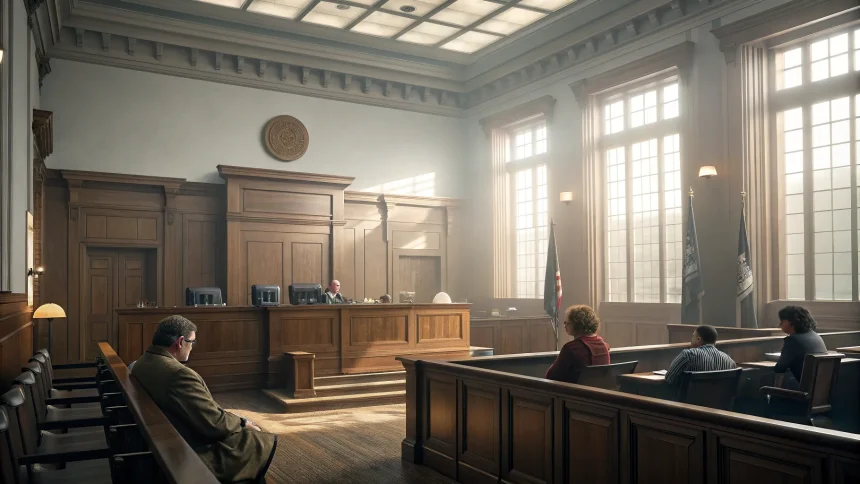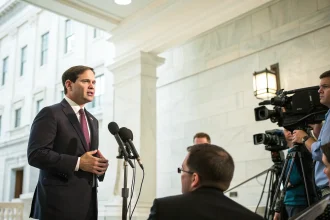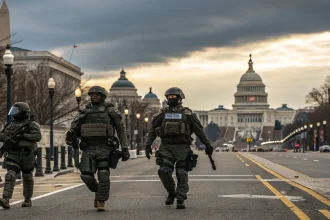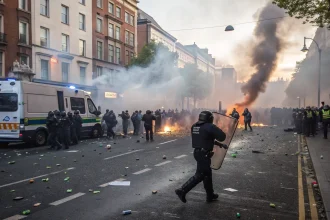A jury has supported teacher Abby Zwerner’s claim that a school administrator ignored repeated warnings that a child had a gun. The decision adds a new turn in a case that has drawn national attention since Zwerner was shot in her classroom in early 2023. It raises sharp questions about school safety, accountability, and how warnings are handled when students are suspected of having weapons.
Jury supports Abby Zwerner’s claim that an administrator ignored repeated warnings that child had gun
The outcome reflects jurors’ view that warnings were not acted on with enough urgency. It also points to wider concerns about protocols meant to keep staff and students safe.
Background: A Classroom Shooting and a Lawsuit
Zwerner was wounded by a young student in January 2023 during class. The case quickly became a national flashpoint because of the child’s age and the questions it raised about prevention. In the months that followed, Zwerner sought accountability through civil action, arguing that warnings about a possible gun went unheeded.
Her claim centers on a simple idea: staff raised alarms, but those alarms did not lead to decisive steps. The jury’s finding signals that the warnings were credible and should have triggered stronger action.
School safety experts say early warnings are the most important chance to prevent harm. When multiple reports come in, the response must be swift and thorough.
What the Jury’s Finding Means
The jury’s support of Zwerner’s claim does not erase the trauma of the shooting. But it assigns responsibility for ignoring repeated alerts. It suggests that protocols, if followed, could have reduced the risk that day.
Legal analysts say this outcome could influence how districts train staff and respond to threats. It may also shape how warnings are documented and escalated in real time.
- Warnings should be tracked and verified promptly.
- Administrators need clear authority to act, including searches and lockdowns when warranted.
- Communication channels must be simple, fast, and documented.
Voices and Reactions
Zwerner has maintained that staff members sounded the alarm repeatedly. The jury agreed with that account. Advocates for teachers say this case shows why staff need support when they raise safety concerns, even if the information seems uncertain at first.
District leaders in similar cases have often said they balance student rights with safety. They argue that searches and removals carry legal and ethical limits. But safety specialists counter that multiple warnings shift the balance toward urgent action.
Parents and teachers watching this case are calling for clearer rules. They want to know who makes the call, how fast it happens, and how warnings are handled when they come from different sources.
Policy Gaps and Practical Fixes
Experts point to several common gaps. Some schools lack written thresholds for action. Others rely on informal judgment, which can lead to delays. Documentation is also uneven, making it hard to reconstruct who knew what and when.
Practical steps are straightforward and well-known in school safety practice:
- Define triggers for searches and classroom holds when a weapon is suspected.
- Use a single reporting tool that timestamps alerts and notifies leaders instantly.
- Run tabletop drills that include threat reports about very young students.
- Audit each incident to learn what worked and what failed.
These measures are not new. But cases like Zwerner’s show how gaps in execution can have severe consequences.
Wider Implications for Schools
The finding may spur districts to revisit policies for weapons threats involving young children. It could lead to new training, faster escalation steps, and better coordination with security and counselors.
Insurers and risk managers will take note. Verdicts that affirm ignored warnings can change how schools assess liability and set standards for timely action.
For teachers, the message is clear. When they report a threat, they need a system that reacts in minutes, not hours.
The jury’s decision marks a significant development for Abby Zwerner and for school safety policy. It highlights the cost of missed warnings and the urgent need for clear procedures. Districts across the country will review their practices as they weigh how to prevent the next tragedy. The next steps to watch: updated safety protocols, training focused on real-time decisions, and stronger systems to ensure that when warnings come, they lead to action.









